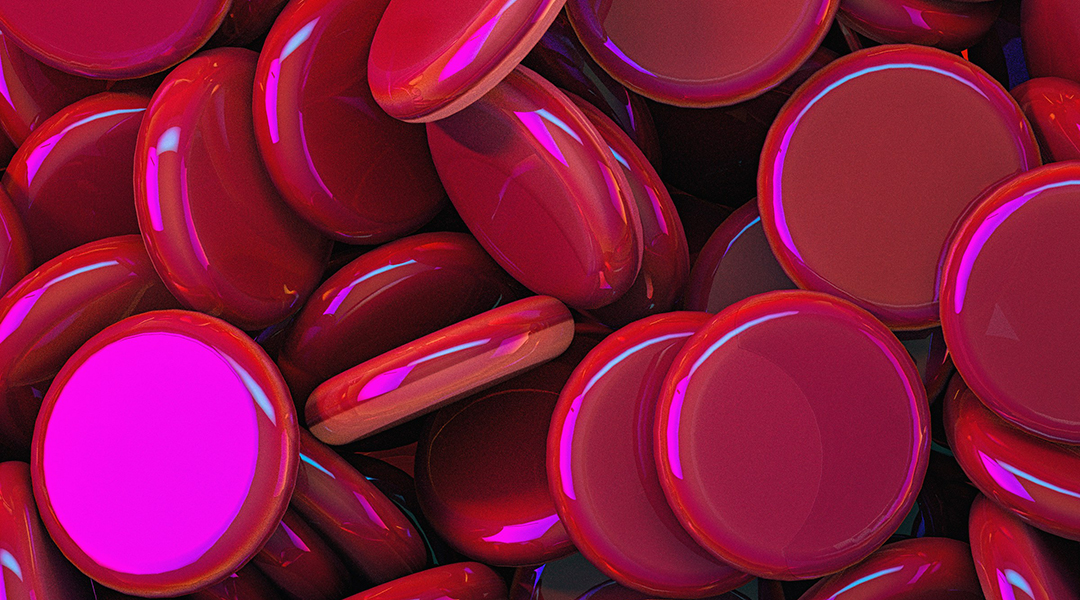Scientists have uncovered the neural circuit responsible for the placebo effect, where the mere expectation of pain relief can reduce pain without any treatment. Researchers have been documenting for decades that receiving a “sham” intervention can sometimes be enough to make participants in a clinical trial feel better. However, very little is known about how the placebo effect works.
“The results were very surprising,” said Grégory Scherrer, associate professor at the University of North Carolina. “We thought the cingulate cortex [which plays a key role in pain processing] would control the activity of known regions that are important for pain, including the amygdala [mainly responsible for regulating emotions]. That is not what we found.”
Scherrer and his team’s new insights could pave the way for developing innovative pain management treatments — an area of medicine that is notoriously challenging. These treatments would specifically target the pathways underlying the placebo effect.
“If we can understand how the brain manages pain based on expectations, there might be a way to activate these circuits in the brain to cause pain relief by taking a drug or with neurostimulation,” said Scherrer. “We may have found a completely new way of treating pain.”
Neural pathways behind pain relief
Pain is a very complex neurological process. Most research focuses on the sensory component of pain — how our nerves sense pain and relay that information to the central nervous system. However, pain also has strong emotional and cognitive components that make it a very subjective experience.
“We wanted to study the cognitive dimension of pain; how we think about pain and how we make predictions about how bad pain is going to be based on previous experiences,” said Scherrer.
The placebo effect is a great example of this, how cognitive factors affect our perception of pain. It is a well-known effect that can complicate the evaluation of pain relieve medications undergoing clinical trials. To receive approval, a new drug must prove it works better than a placebo. But when it comes to pain medication, the placebo effect can be so strong that the experimental drugs cannot outperform it, despite being successful at alleviating pain.
The biggest challenge to studying this effect in humans is that the neuroimaging techniques that are available to us are not very precise and can only point out at whether a general brain region is activated or not. Previous studies have revealed that there are many brain regions active when the placebo effect takes place, but could not show the specific neural circuits involved.
To study the brain with more precision, invasive techniques are needed. Since this is not easily done in humans, mice are a popular alternative to study the inner workings of the brain. However, modeling the placebo effect in mice has also been challenging in the past because, unlike humans, they cannot report and rate their personal experiences.
Unexpected findings
Scherrer and colleagues devised an experiment to get around this challenge. They placed mice in a chamber at a high temperature and could relieve themselves by moving into a second chamber that was set at room temperature. Over the course of a week, the mice became conditioned to expect heat relief when they moved into the second chamber, even when both chambers were hot.
To understand which neurons became activated while the mice experienced the placebo effect in real time, the scientists applied multiple techniques, including genetically tagging the neurons and imaging their activation with head-mounted microscopes.
“This is the most advanced model of placebo we have in rodents, it’s very robust,” said Scherrer. In fact, he expects it to be useful for other groups researching the placebo effect going forward.
Ultimately, they uncovered that when mice expected pain relief, neurons in a region located at the front of the brain called the rostral anterior cingulate cortex projected signals to the pontine nucleus, a brain region near the brainstem. These neurons carry a high number of receptors that are responsive to opioid medications and are well-known for their involvement in pain modulation.
In turn, the neurons in the pontine nucleus activate the cerebellum, a region found at the back of the brain that is responsible for coordinating movement, providing cellular-level evidence of the cerebellum’s role in modulating pain for the first time. “There is a much more active role for the cerebellum in pain than we previously thought,” Scherrer concluded.
A new way of treating pain
Scherrer believes these findings could have huge implications for the development of new therapies for pain management. There is an urgent need for better treatments for chronic pain without harmful side effects or the risk of addiction, and targeting the neural pathway behind the placebo effect would offer a potentially more effective and safer alternative to opioid drugs.
While the scientists only carried out studies in mice, Scherrer is confident that these results can be translated to the neural circuits found in human brains.
“Making predictions about the future, and what is going to be painful is very important for all mammals. These three regions — the cingulate cortex, pons and cerebellum — exist in mice and humans,” he explained.
However, to develop new drugs that can act on this pathway, it will be necessary to verify that any potential drug targets found in mice are also present in the human brain. The goal of Scherrer’s group is to eventually start a development program dedicated to discovering drugs that can activate this neural circuit to produce pain relief.
Most current research into pain medication focuses on the nerves and sensory neurons that relay pain signals to the brain. Scherrer sees an opportunity here to develop a new type of treatment that targets the brain directly and precisely, unlike opioid drugs which target numerous cells across the whole nervous system causing unwanted side effects including addiction.
“We want to better understand pain to make novel drugs that can treat pain better than opioids and are not addictive,” said Scherrer.
Reference: Chong Chen et al., Neural circuit basis of placebo pain relief, Nature (2024). DOI: 10.1038/s41586-024-07816-z
Feature image credit: Colourblind Kevin on Unsplash














